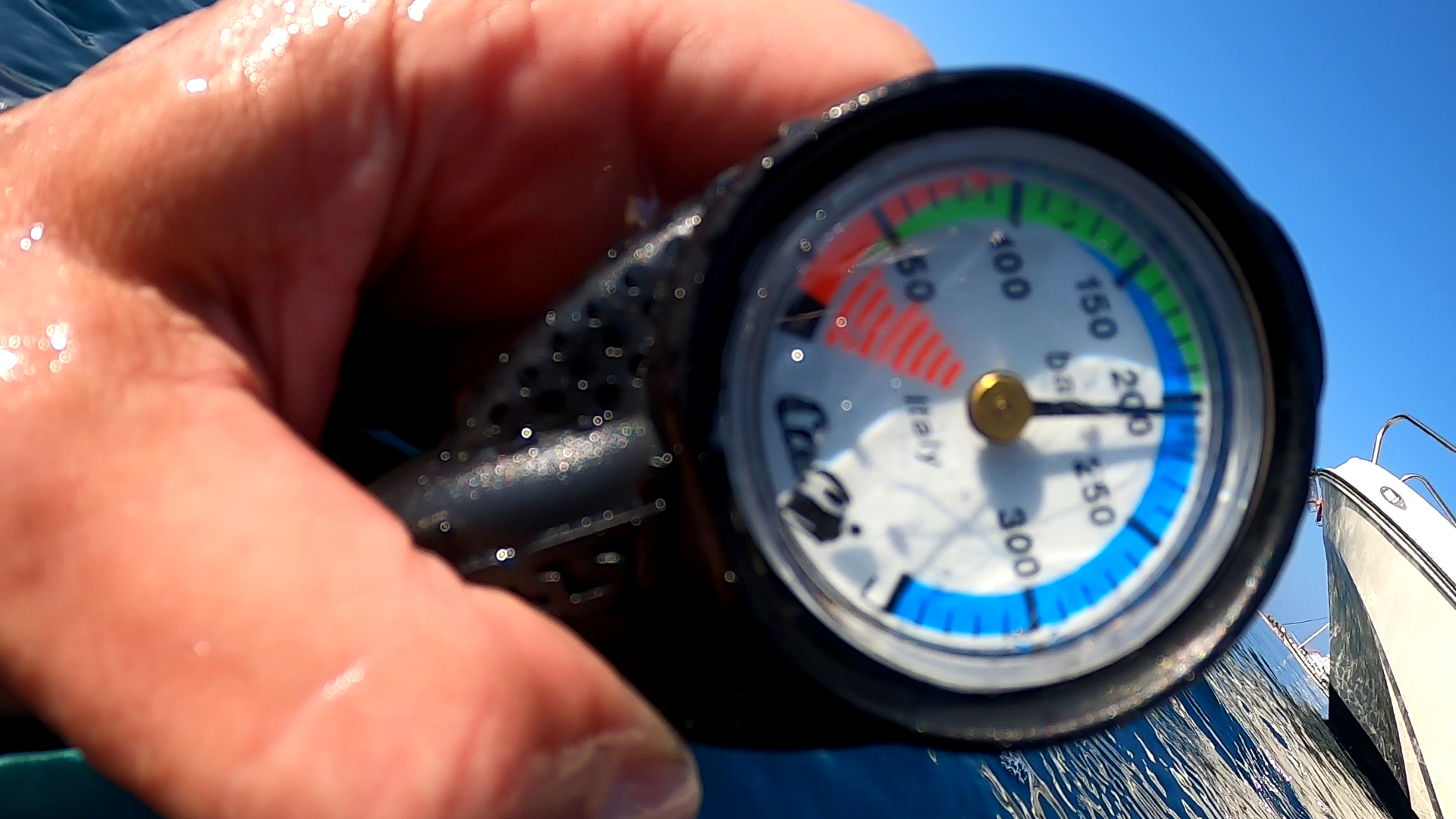Commercial diving is a challenging and rewarding profession that requires a high level of skill and expertise. One of the most important roles in commercial diving is that of the diving equipment specialist. These professionals are responsible for maintaining and servicing diving equipment, including diving regulators. In this article, we’ll take a closer look at the duties of a diving equipment specialist and explore the standard and maintenance procedures involved in diving regulator service.
Duties of a Diving Equipment Specialist:
The primary duty of a diving equipment specialist is to ensure that all diving equipment is maintained and serviced to the highest possible standards. This includes everything from diving suits and masks to diving regulators and tanks. Some of the specific duties of a diving equipment specialist may include:
- Conducting regular inspections of diving equipment to ensure that it is in good working order.
- Identifying and addressing any defects or issues with diving equipment, including diving regulators.
- Servicing and maintaining diving equipment, including diving regulators, to ensure that it is safe and effective for use in commercial diving operations.
- Keeping accurate records of all diving equipment inspections, maintenance, and servicing activities.
Diving Regulator Service:
One of the most critical aspects of diving equipment service is diving regulator service. A diving regulator is a device that allows divers to breathe air from a scuba tank while they are underwater. As such, it is essential that regulators are properly maintained and serviced to ensure the safety of divers.
Standard Procedures:
The standard procedures for diving regulator service typically involve several key steps. These may include:
- Disassembling the regulator and cleaning all parts to remove any debris or contaminants.
- Inspecting all components of the regulator for signs of damage or wear, including the diaphragm, valve seats, and o-rings.
- Replacing any worn or damaged parts, including worn or damaged diaphragms, valve seats, or o-rings.
- Reassembling the regulator and testing it to ensure that it is working correctly.
Maintenance Procedures:
In addition to the standard procedures for diving regulator service, there are several maintenance procedures that can help to extend the life of diving regulators and ensure their safe and effective use. These may include:
- Regularly lubricating all moving parts of the regulator to prevent corrosion and wear.
- Storing regulators in a dry, cool place to prevent moisture buildup.
- Avoiding exposure to harsh chemicals or solvents that could damage the regulator.
Conclusion:
The duties of a diving equipment specialist are essential to the safe and effective use of diving equipment in commercial diving operations. By following standard and maintenance procedures for diving regulator service, diving equipment specialists can help to ensure the safety of divers and the success of commercial diving operations. And let’s not forget, they also get to wear those cool diving suits and pretend to be superheroes in the water.
References:
- “Diving Equipment Specialist” – Professional Association of Diving Instructors (PADI)
- “Maintenance and Servicing of Diving Equipment” – Health and Safety Executive (HSE)
- “Scuba Diving Regulator Maintenance” – Scuba Diving Magazine

